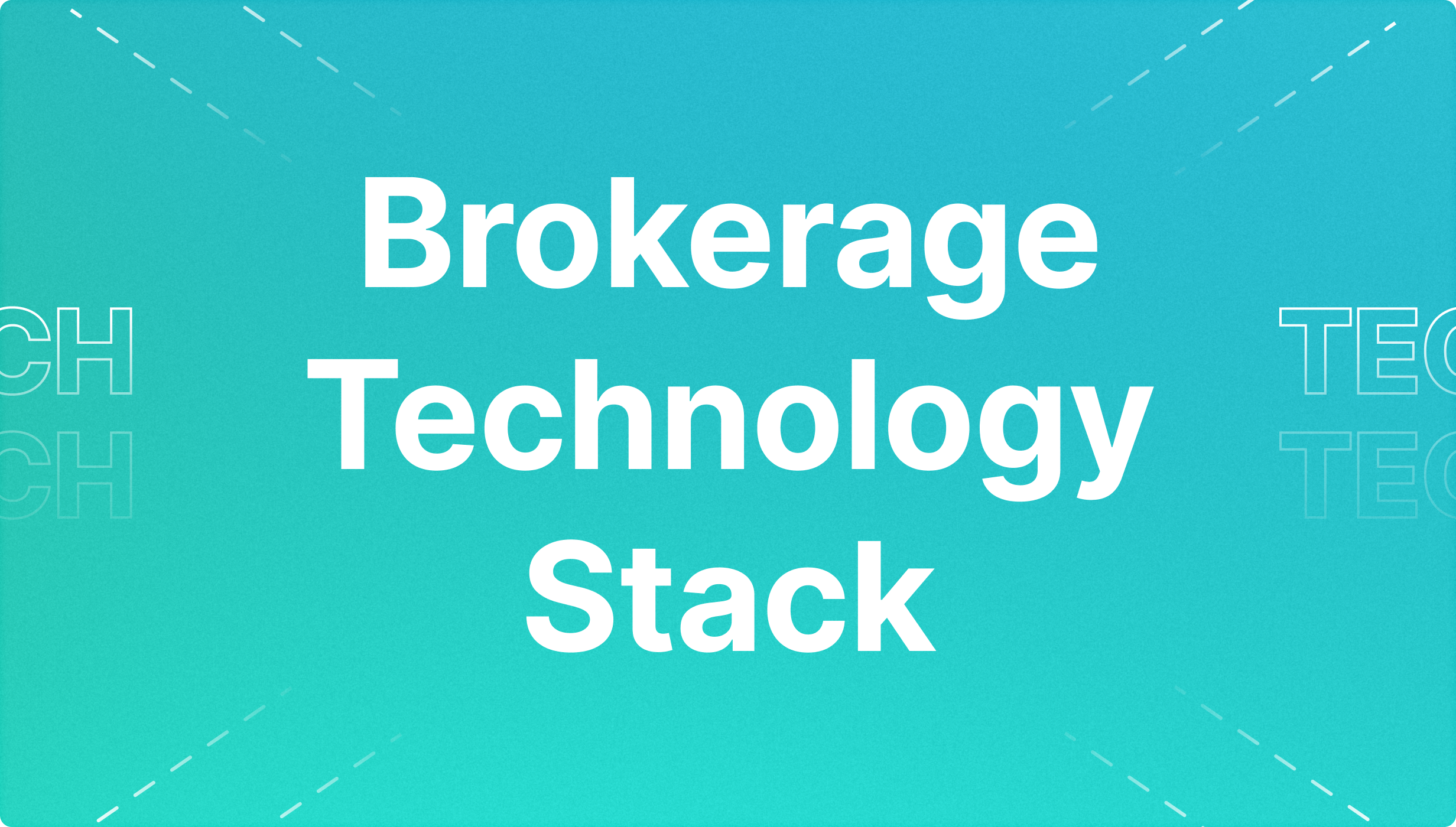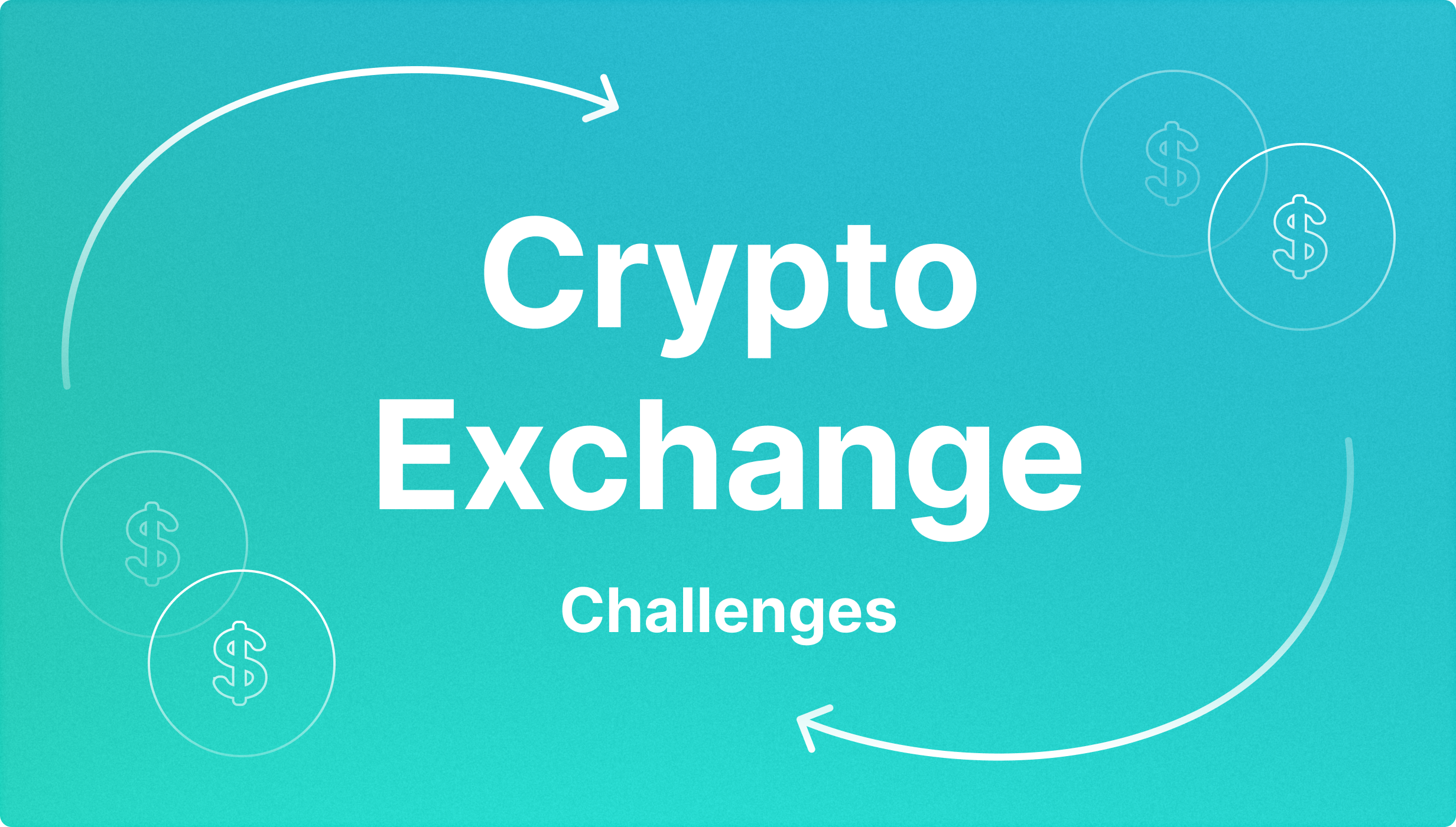Crypto Liquidity Pools: How Do They Work?
Articles


Cryptocurrencies have taken the financial world by storm, promising a secure and digital way to store and exchange value. But as cryptocurrency assets become increasingly popular, so does the need for increased flexibility when managing them: enter crypto liquidity pools.
Liquidity pools enable users to quickly trade cryptocurrencies on demand without waiting for long transaction settlement times or worrying about creating a market imbalance with a large order size—but how exactly do they work? In this blog post, we’ll explore the ins and outs of crypto liquidity pools, from what they are and why you might want one to their potential risks and benefits. Read on for all the essential information you need to know about these key components of traditional finance!
The Basics of Crypto Liquidity Pools
A liquidity pool is an automated smart contract that stores a substantial amount of cryptocurrency, digital assets, tokens, or virtual coins to provide essential liquidity for networks facilitating decentralized trading. This remarkable technology enables users to buy and sell in the same way as traditional financial markets with only fractional delays.
DeFi is a rapidly growing sector of the crypto industry, and liquidity pools play an important role within it. By providing a low-cost and secure way for users to trade and exchange digital assets, liquidity pools help enable DeFi projects to function smoothly. They can also be used to provide capital for new DeFi protocols and generate income for those who provide liquidity to them.
Decentralized exchanges are heavily dependent on liquidity since transactions take place very frequently. To ensure a seamless experience and fast transaction times, these decentralized platforms need to interact with adequate liquidity pools that can guarantee they don’t suffer delays when processing traders’ trades.
Regarding crypto liquidity pools, digital assets are securely held and can easily be exchanged. These pools act as a reserve of digital assets that provide an influx of liquidity for DeFi markets like decentralized exchanges (DEX). Access to these reserves means transactions throughout the market will take far less time than usual.
Automated market makers (AMMs) are typically used to source exchange liquidity in the cryptocurrency industry. Automated Market Makers AMM is a platform that allows traders to swap digital assets in a decentralized way without relying on traditional centralized exchanges. The main issue with this approach is that it requires constant maintenance and manual adjustments in order for it to work properly.
Crypto liquidity pools, however, offer an alternative solution by automating the process and eliminating the need for manual intervention. This provides a much more efficient solution since all transactions take place automatically without any manual effort required from traders or developers. Moreover, since actual cryptocurrencies back these pools, they provide essential security and reduce potential risks associated with trading activities throughout the network.
The mechanics of a liquidity pool involve users depositing digital assets into the shared pool. These users are called liquidity providers. The pool is then used to match buy and sell orders from different users to create a more efficient and cost-effective trading experience for all participants. This can be done by setting an order book where traders enter their bids or asks or by utilizing an AMM that automatically matches buyers and sellers without establishing separate orders.
When a trade occurs on the platform, widely accepted market prices determine the exchange rate between the two currencies. This ensures that all trades occur at a fair market price, providing better transparency than traditional exchanges. Once a trade is completed, both parties can withdraw their funds immediately after the exchange.
The numerous benefits and advantages of crypto liquidity pools make them an attractive option for traders seeking cost-efficiency, speed, and security. The next section will discuss some key advantages of using crypto liquidity pools.
Advantages of a Crypto Liquidity Pool
Crypto liquidity pools provide numerous advantages to users, making them the preferred option for many traders in global crypto marketplaces. Crypto liquidity pools have grown in popularity among experienced traders and institutional investors alike, because of their improved cost-efficiency, speed, and security, as well as reduced chance of slippage. Let’s take a closer look at some of the key benefits of utilizing crypto liquidity pools.
Improved Liquidity
Trading on crypto liquidity pools gives users access to a diverse range of digital assets and markets, allowing them to trade swiftly and effectively. Because the pool is shared by many participants, it can provide larger order amounts than a single trader or institution could achieve on their own. This improves efficiency and lowers transaction costs, making it appealing to traders seeking to enter large positions in volatile markets.
Reduced Risk of Slippage
Without a centralized intermediary, crypto liquidity pools eliminate the danger of slippage during trades. This is because trades are done at market prices instantly rather than depending on a third party to match orders. Because the price is always up to date and orders can be processed quickly, this considerably decreases the danger of missing out on opportunities when trading large amounts of digital currency.
Increased Security
Because of their decentralized structure, cryptocurrency liquidity pools provide consumers with improved security. Since trades are done directly between participants, no centralized middleman or third party is required to process transactions. This reduces the possibility of fraud or manipulation when using a centralized platform. Furthermore, crypto liquidity pools provide increased anonymity because all trading information is kept private within the pool.
Enhanced Cost Efficiency
Trading on crypto liquidity pools often results in cost savings compared to traditional exchanges because no middlemen are taking a cut of every trade, meaning users can benefit from lower trading fees and reduced spreads. Additionally, cryptocurrency trading platforms that offer liquidity pooling usually have higher liquidity, which can translate into improved cost efficiency.
Crypto liquidity pools also offer a unique opportunity to generate passive income. By providing liquidity to the pool, users can earn interest from other traders who execute trades against their position. This provides an additional source of revenue for those looking to make money in crypto markets without actively trading or investing.
Improved Speed and Efficiency
Crypto liquidity pools also improve users’ speed and efficiency when executing trades. As orders are filled instantaneously at market prices, there is no need for a third party to match buyers and sellers – resulting in faster order execution. This eliminates the delays associated with traditional exchanges, enabling traders to act more quickly in volatile markets.
Although crypto liquidity pools come with a range of benefits, there are also certain risks associated with using them. It is essential to understand these potential pitfalls before entering into a trading arrangement in order to ensure you make the most informed decision possible. In the next section, we’ll discuss some of the key risks associated with liquidity pooling.
Risks and Challenges of Crypto Liquidity Pools
Crypto liquidity pools provide a unique mechanism for traders to acquire access to digital assets, but they are not without danger. Before entering into a trading agreement, it is critical to understand the potential dangers and problems involved with crypto liquidity pools, just as it is with any other financial tool.
Impermanent Loss
Impermanent loss is one of the most serious concerns linked with crypto liquidity pools. This happens when the value of a user’s pool assets falls in respect to their initial investment, resulting in losses for users that deposited assets into the pool. Impermanent loss can occur as a result of price fluctuations in digital assets, as well as changes in trading volumes and network costs.
Front-Running Risk
Front-running risk is another concern associated with crypto liquidity pools. Front-running is the practice of traders using information from an order book to execute trades in the same direction as an incoming order, allowing them to profit from price movements before other traders can. This form of market manipulation might result in unexpected losses or lower overall profits for users.
Counterparty Risk
There is counterparty risk associated with crypto liquidity pools. Counterparty risk occurs when one party defaults on its obligations to another, resulting in a financial loss for the affected party. In the case of crypto liquidity pools, this could be caused by exchanges or other platform providers suddenly losing their liquidity. As such, users must make sure they understand the counterparty risk associated with the platform they are using before depositing any assets into a crypto liquidity pool.
Liquidity Risk
Liquidity risk can potentially affect crypto liquidity pools. This is the danger of not being able to find buyers or sellers in a timely manner, resulting in users incurring sudden losses. Sudden changes in trading volumes or market prices can induce liquidity risk, making it harder for traders to enter and exit positions at times when they may need to do so fast.
Ultimately, it is up to each individual trader to understand and manage the risks associated with crypto liquidity pools. By doing so, traders can ensure they are making informed investment decisions and protecting their assets.
Examples of Popular Crypto Liquidity Pools
Now that we have discussed the risks and challenges associated with crypto liquidity pools let’s look at some of the most popular liquidity pools for trading digital assets.
Uniswap
Uniswap is an automated exchange protocol enabling users to quickly and easily swap between digital assets. Uniswap leverages Ethereum smart contracts in order to facilitate these trades and provide users with access to a wide range of tokens. The platform also offers institutional-grade liquidity for traders, making it an attractive option for those who want to trade more complex instruments.
Bancor Network
The Bancor Network is another popular decentralized liquidity pool that allows users to quickly exchange digital assets without needing to rely on a centralized exchange. The platform uses smart contracts to allow users to swap between different digital assets quickly, and it also offers users access to advanced features such as automated liquidity pools.
Balancer
Balancer is a decentralized asset management platform that allows users to create pools of digital assets and securely manage them. Balancer pools can be configured with customizable parameters, allowing users to fine-tune their settings according to their trading preferences. Additionally, Balancer also provides traders access to its own liquidation system, enabling them to protect their investments from excessive volatility.
SushiSwap
SushiSwap is a decentralized exchange protocol allowing users to trade digital assets without a centralized exchange. The platform uses its own native token, SUSHI, as the base currency for trading and also provides users with access to automated liquidity pools. Additionally, SushiSwap enables traders to borrow and lend tokens to gain exposure to different markets.
Liquidity Providers in Crypto Liquidity Pools
Providing liquidity to crypto liquidity pools is an increasingly popular way for cryptocurrency traders, miners, and investors to earn rewards. Becoming a liquidity provider involves several steps that should be followed closely to maximize potential gains.
1. Choose a crypto liquidity pool: Before starting the process of becoming a liquidity provider, it is critical to thoroughly research various pools and choose one that meets your needs. Examine transaction fees, minimum deposits, and withdrawal limits, as well as the assets supported by each pool.
2. Deposit funds: Depending on the pool you choose, there may be different ways to put funds into the system. Most pools accept either bitcoin or fiat currency as deposits (e.g., USD).
3. Provide liquidity: Once your funds have been successfully deposited into the platform, you must provide liquidity so that your rewards can begin to accrue. This entails putting an equal amount of both assets into the pool and deciding on a price range for exchanging them.
4. Reap rewards: With the addition of your liquidity to the system, you will begin collecting rewards depending on trading activity within your specified price range. This can be done manually or automatically by connecting the pool to an external wallet or exchange account. You will continue to earn these benefits in the form of liquidity pool tokens as long as your funds stay in the pool.
By following these steps, users can become liquidity providers and reap the rewards of doing so.
Conclusion
Crypto liquidity pools offer a unique opportunity for traders and investors to capitalize on the rapidly expanding crypto market. By providing a secure and efficient platform for trading digital assets, these pools can help users maximize their profits while minimizing risk. Additionally, becoming a liquidity provider is an increasingly popular way for crypto users to earn rewards by simply depositing funds into the pool and setting a price range in which they are willing to exchange them. With the proper research and preparation, anyone can become a successful liquidity provider and reap the rewards of doing so.















